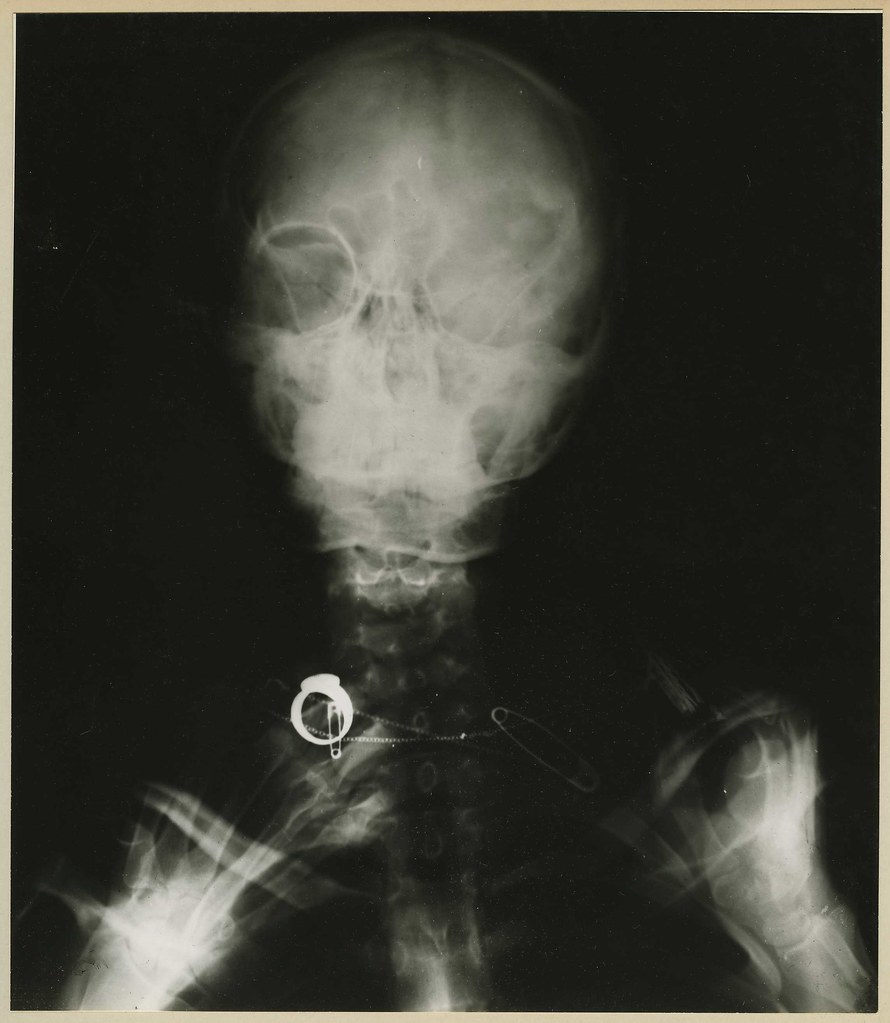


Rubidium ignites spontaneously when exposed to air and reacts violently with water, releasing hydrogen, which immediately bursts into flames.Separating the alkali metals is tricky due to the similar nature of many of the alkali metals. According to Encyclopedia Britannica, it is difficult to extract pure rubidium due to its always being found with cesium and often times with other alkali metals.Due to rubidium’s readiness to bond with several gases, it is used to remove any trace gases after the vacuum tubes are manufactured. According to the Jefferson Lab, rubidium is used as a “getter” in vacuum tubes.It also exists in many compounds that have uses several fields of study, such as rubidium chloride in biology and cell research. Rubidium forms alloys with other alkali metals as well as with elements such as mercury (known as amalgams) and gold, according to New World Encyclopedia.These metals are also very malleable, ductile, and good heat and electrical conductors. They have one electron in their outer shell, and do not occur freely in nature, according to ChemicalElements. According to Chemicool, the abundance of rubidium in the Earth’s crust is 90 parts per million by weight and 30 parts per million by weight in the solar system. Rubidium is the 25th most abundant element found on Earth, according to PeriodicTable.Most common isotopes: Rb-85 (72.2 percent of natural abundance), Rb-87 (27.8 percent of natural abundance).There are also 29 artificial isotopes created in a lab. Number of natural isotopes (atoms of the same element with a different number of neutrons): 2.Melting point: 102.7 degrees Fahrenheit (39.3 degrees Celsius).

Density: 0.886 ounces per cubic inch (1.532 grams per cubic cm).Atomic weight (average mass of the atom): 85.4678.Atomic symbol (on the periodic table of elements): Rb.Atomic number (number of protons in the nucleus): 37.Scientists treat rubidium as a toxic element, according to Encyclopedia, although no known health effects of rubidium are known. Like the other alkali metals (lithium, sodium, potassium, cesium and francium), rubidium reacts violently with water, oxidizes when reacting with oxygen, and ignites due to humidity in the air, so great care must be taken when working with the element.


 0 kommentar(er)
0 kommentar(er)
